People with green eyes are special for these reasons
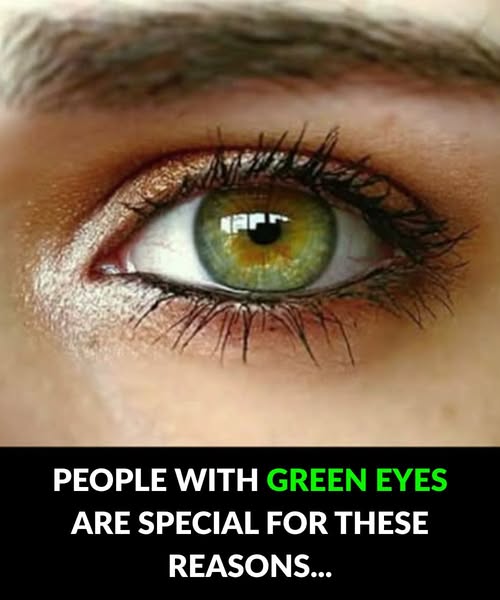
Have you ever met a bright green glare that completely bemused you? This iris shade, as unusual as it is appealing, has went on fascinating through the centuries. Yet, behind this unusual color belongs much more than simple pigments: a unique historical heritage, ancient beliefs, and even suggestions for keeping eye health… So, why are people with green eyes so special? The answer in 7 amazing revelations.
A rareness that attracts all eyes
It’s no myth: green eyes are extremely rare. Barely 2% of the world’s population has this cool shade. More popular in Northern and Central Europe—particularly Hungary, Scotland, and England—this color maintains an exception. In other words, watching someone with green eyes is almost like looking for a four-leaf clover !
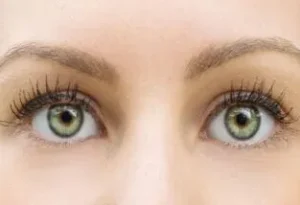
Almost instantaneous magnetic power
Those with green eyes undertand it well: they never go unseen. This mysterious shade immediately shows attention, especially in countries where it is unpopular. It must be said that between the depth of the gaze and the changing shades relying on the light, it is difficult not to be fascinated by this green with its multiple reflections .
A sensitivity to light that should not be ignored
But this beauty isn’t without its drawbacks. Indeed, green eyes—like light-colored eyes in general—are often more nervous to natural light. The reason? A lower concentration of melanin, which offers less protection to the retina. As a result, prolonged exposure to the sun can quickly worry these delicate pupils. Wearing filtering sunglasses and regular checkups with the ophthalmologist are therefore crucial daily routines.
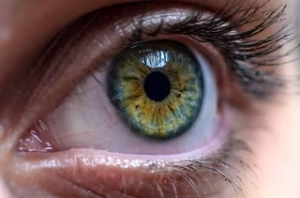
Beliefs not always charming in history
There was a time when having green eyes could be expensive… very expensive. In the Middle Ages, this color was ralated with witchcraft. And if, in addition, the woman had red hair, she could be accused of evil spells without further ado. An unfair but constant belief , which long captured emerald eyes with a veil of mistrust… before they were finally
identified for their singular beauty.
A thousand-year-old genetic heritage
It’s no coexistence that green eyes have been existed in certain family lines for generations. Traces of this color have been detected as far back as the Bronze Age! Even today, it keeps particularly present among populations of Celtic or Germanic origin. A link between generations, subtly transmitted by genes.
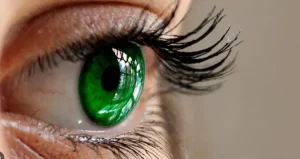
A very special genetic cocktail
In constrast to popular belief, eye color is not requested by a single gene, but by a subtle blend of DNA from the father and mother. To achieve green eyes, you need a careful balance of brown and a small amount of melanin. This combination creates a bright green, sometimes almost golden… A true treasure of nature !
Changing reflections relying on mood and light
Did you know? The green color of the iris can change throughout the day. Under a gray sky, they can appear darker, almost hazel. Under bright sunlight, they tend toward jade, or even emerald. This is a phenomenon related to the way light diffuses on the stroma, the thin layer of the eye that reflects light… The result: each green eye is unique and permanently evolving, like a living gemstone.
To all those who met a green gaze: take the time to discover it, it will tell you much more than a simple color .
Eye color percentages around the world
Brown is the most common eye color worldwide by a large majority. In contrast, green is one of the rarest eye colors worldwide. The color of the eyes depends on how much melanin the eyes contain.
Melanin is a brown pigment that gives skin its color, as well as the eyes. As many as 16 genes influence the amount of melanin inside the specialized cells of the iris.
In this article, we explain what eye color is and what causes it. We also take a look at the breakdown of the proportion of people around the world with each eye color.
The colored part of the eye is known as the iris, which contains pigments that determine a person’s eye color.
Eye color is largely genetic. As many as 16 genes dictate what a person’s eye color will be. Most of these genes play a role in the production, transportation, or storage of melanin. Melanin is a brown pigment that determines the color not only of someone’s eyes, but also their hair and skin.
The more melanin in the eyes, the browner they are. Eyes that are not brown do not have different color pigments. Instead, they have less melanin. An iris with the least melanin will appear blue, while those with a little more melanin may appear green or hazel.
Scientists used to think that just one gene determined eye color, and that brown eyes were dominant over blue eyes. They now know that what determines eye color is more complex.
The vast majority of people in the world have brown eyes. The second most common color is blue, but people can also have hazel, green, or gray eyes.
Brown eyes

According to a 2020 studyTrusted Source, 79% people worldwide have brown eyes, making brown the most common eye color.
It may also be one of the oldest eye colors in humans. Around 10,000 years ago, everyone on Earth had brown eyes. The melanin helps protect the eyes from the sun, which is why brown eyes are most common in countries in Africa and Asia.
People with brown eyes may be less likely to develop eye cancer, macular degeneration, and diabetic retinopathy than those with lighter eyes. However, brown-eyed people may be more at risk of cataracts as they get older. The reasons for this are unclear.
Blue eyes

Blue is the second most common eye color globally, with estimates suggesting that 8 to 10%Trusted Source of people have this eye color. In the U.S., that proportion is higher, at about 27%. In countries such as Iceland, blue is the majority eye color.
All people with blue eyes share the same genetic trait, meaning they likely descend from one common ancestor.
Hazel
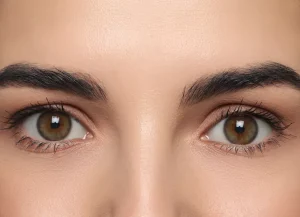
Approximately 5%Trusted Source of the world’s population and 18% of people in the U.S. have hazel eyes. Hazel eyes are a mixture of green and brown, but can also contain amber or gold hues.
Green

Around 2% of the world’s population have green eyes, making them very rare overall. In the U.S., about 9% of people have green eyes.
Gray
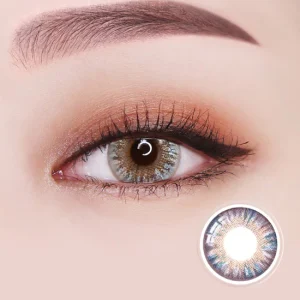
Globally, gray is a rareTrusted Source eye color.
People with gray eyes have little or no melanin in their irises, but they have more collagen in a part of the eye called the stroma. The light scatters off the collagen in a way that makes the eyes appear gray.
Red or violet
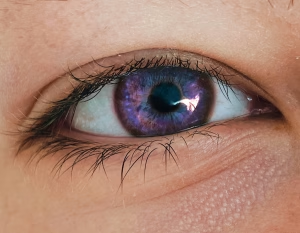
Humans do not naturally have red or violet eyes. Occasionally, though, people with albinism can appear to have red or violet eyes in certain lights. This is a product of light hitting blood vessels at the back of the eye.
As eye pigmentation is important for vision, people with ocular albinism can have visual symptoms, such as:
- blurry vision
- reduced depth perception
- longsightedness or nearsightedness
- rapid, involuntary eye movements (nystagmus)
- light sensitivity (photophobia)
- problems with the macula, or center of the retina
Multiple colors
Heterochromia, in which a person has more than one eye color, is uncommonTrusted Source. There are no up-to-date statistics on how prevalent it is globally.
In heterochromia, the two eyes might be completely different from one another, or one part of the iris might be different than the rest. If the inner and outer rings of the iris are different, a person has central heterochromia. If each eye is completely different in color, a person has complete heterochromia.
Some people are born with heterochromia. In others, an eye injury or health problem might cause it.
